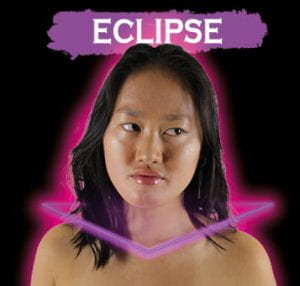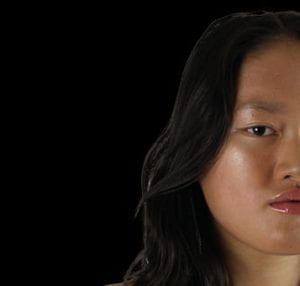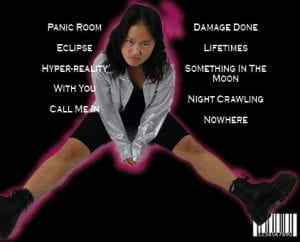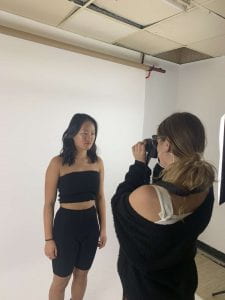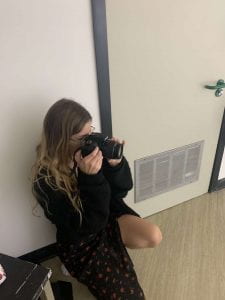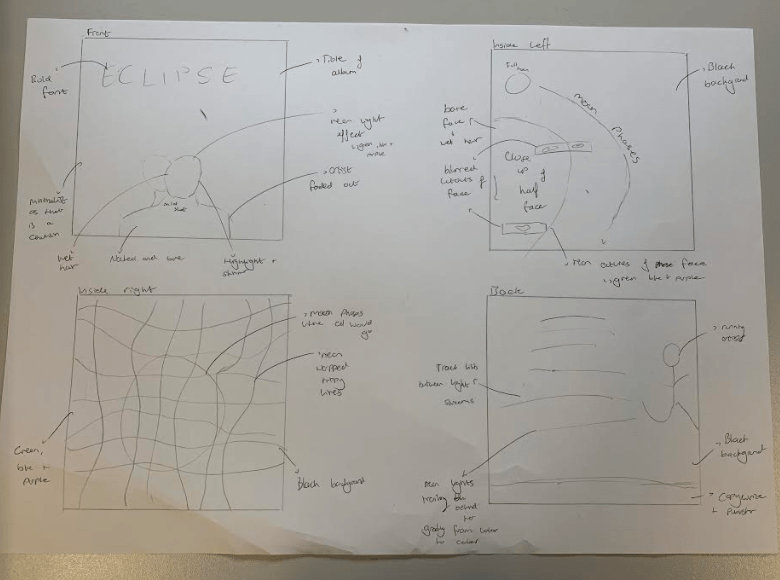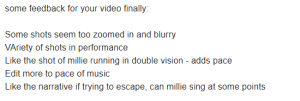Below is our first draft of our digipak. Overall I think that there are many improvements to be made but what we have done is a good foundation to build upon.
Self Assessment:
I graded our first draft around a D/C as there are many improvements to be made. I evaluated our digipack against three criteria to establish this initial grade which were:
- The use of camera and photoshop to take and manipulate engaging images
- The selection of mise en scene in the photos and the meaning it communicates
- The creative use of DPT to integrate images and text and use colour/typefaces
My detailed responses to these 3 criteria can be found below:
Teacher’s feedback:
Our teacher also sent us feedback after the completion of the first draft. Particular points for improvement that she made was:
- Place a photo on the front of her looking directly at the camera to create audience connection
- Need the name of the star on the front pane
- Add some depth to the paint stripe on the front pane by maybe adding in another colour
- Correct the odd section of the outer glow on the back pane that goes out from the image
- Add copywrite to the back pane
- Add something to the spines
- Either put a photo of the star on all 4 or only 2 as having 3 panes with the star on is odd
